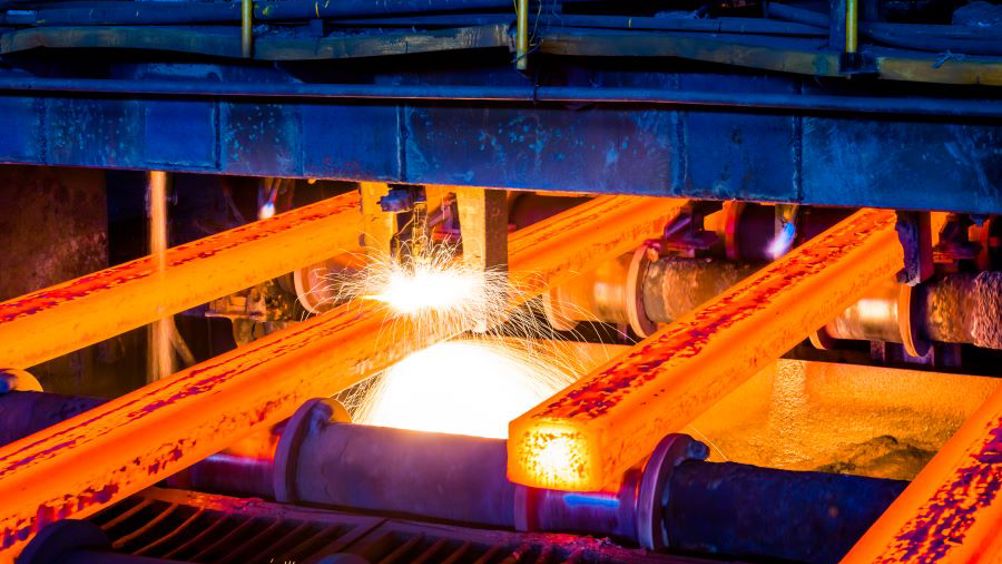The system captures the CO2 from the top gas in furnaces, with a crystalline perovskite lattice splitting out CO and absorbing the remaining oxygen. The CO can be fed back into the blast furnace, while the absorbed oxygen can be released from the perovskite and used in the basic oxygen furnace to produce steel, regenerating the perovskite material in the process.
Related content
According to the Birmingham team, this closed loop model could replace 90 per cent of the coke typically used in current steelmaking. In the UK alone, it’s claimed the system – which could be retrofitted to existing steelmaking facilities - would deliver cost savings of £1.28bn over five years and cut the UK’s overall emissions by almost three per cent. The work is published in the Journal of Cleaner Production.
“Current proposals for decarbonising the steel sector rely on phasing out existing plants and introducing electric arc furnaces powered by renewable electricity,” said Professor Yulong Ding, who devised the system alongside his Birmingham School of Chemical Engineering colleague Dr Harriet Kildahl.
“However, an electric arc furnace plant can cost over £1bn to build, which makes this switch economically unfeasible in the time remaining to meet the Paris Climate Agreement. The system we are proposing can be retrofitted to existing plants, which reduces the risk of stranded assets, and both the reduction in CO2, and the cost savings, are seen immediately.”
Iron and steelmaking together are the biggest emitter of CO2 of all primary industrial sectors, accounting for nine per cent of global emissions. According to the International Renewable Energy Agency (IRENA), the industry must achieve a 90 per cent reduction in emissions by 2050 to limit global warming to 1.5°C.
The University has filed a patent application covering the closed loop system and its use in metal production. It is now looking for long-term partners to participate in pilot studies, deliver this technology to existing infrastructure, or collaborate on further research to develop the system.





Hard hat mounted air curtain adds layer of protection
Something similar was used by miners decades ago!